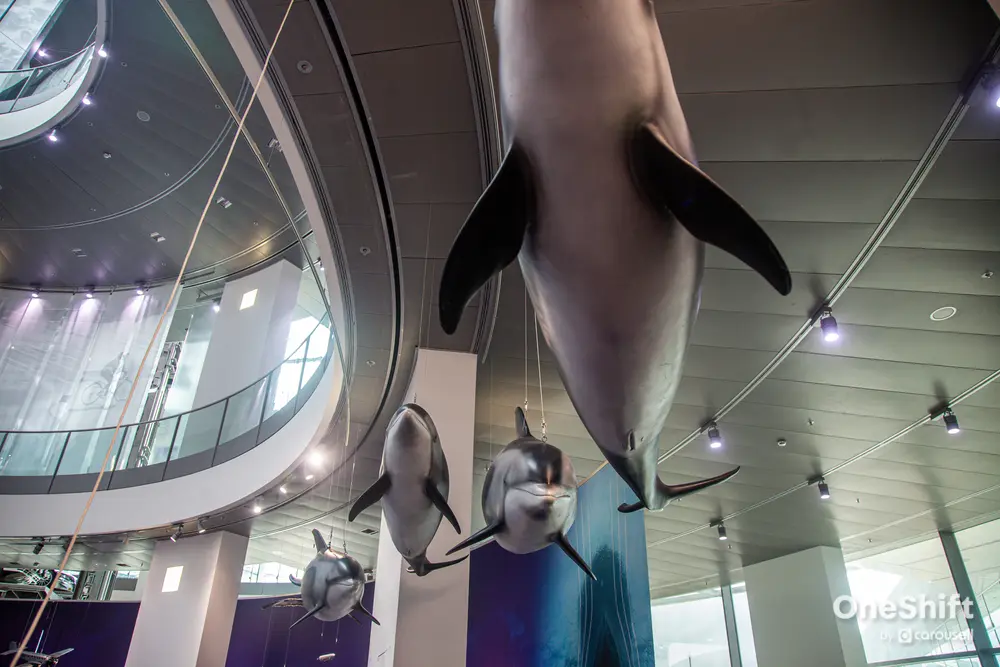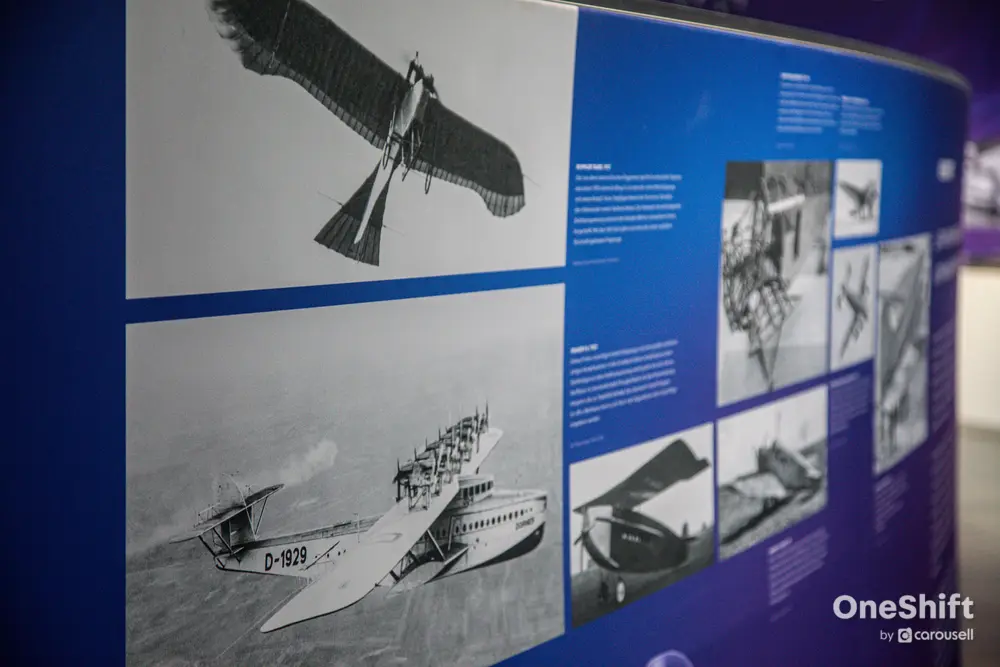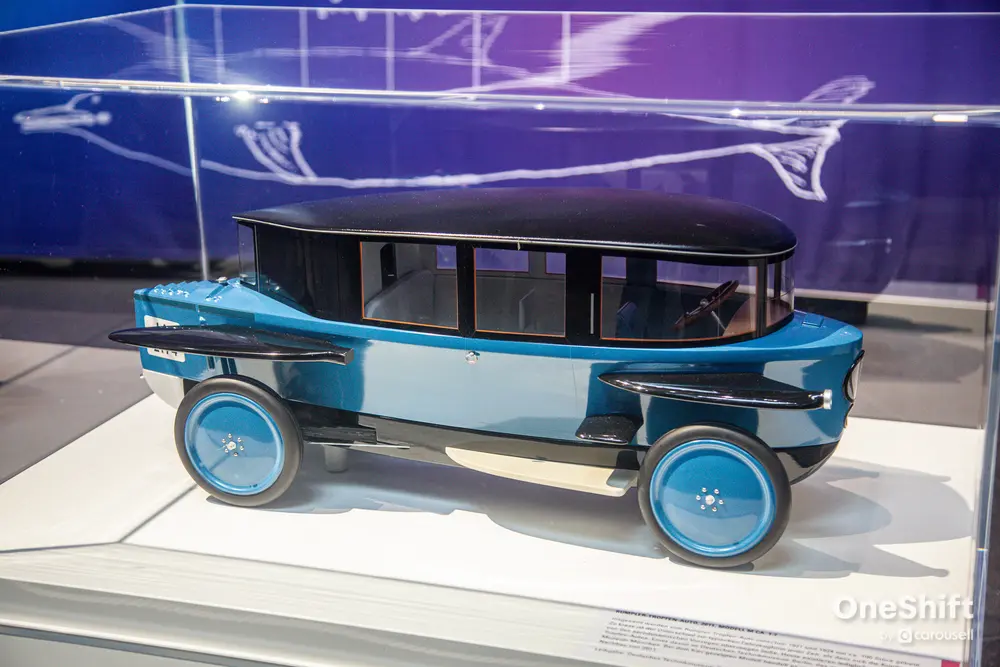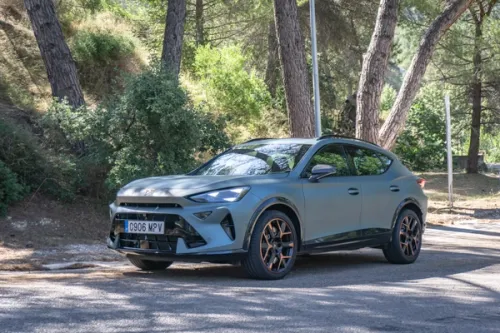Audi and Aerodynamics: Here Are Some of the Most Aerodynamic Cars in the World
With a focus on energy efficiency with electric vehicles, aerodynamics once again comes to the fore in its ability to reduce drag.







Since the early 1900s, aerodynamics was already considered in the development of vehicles. Edmund Rumpler, Paul Jaray, and Baron Reinhard von Koenig-Fachsenfeld are the three pioneers of aerodynamics who were often inspired by patterns in nature - from dolphins to birds.

Then in between the two world wars, motorsport was the trial by fire for aerodynamics theories where there was a race for ever quicker timings. Audi, then known as Auto Union AG, had the famous Auto Union Type C in early 1937 which was designed primarily by Josef Mickl from the Porsche design office. It achieved record speeds of well over 400 km/h, a figure that is impressive even for today’s supercars and race cars.
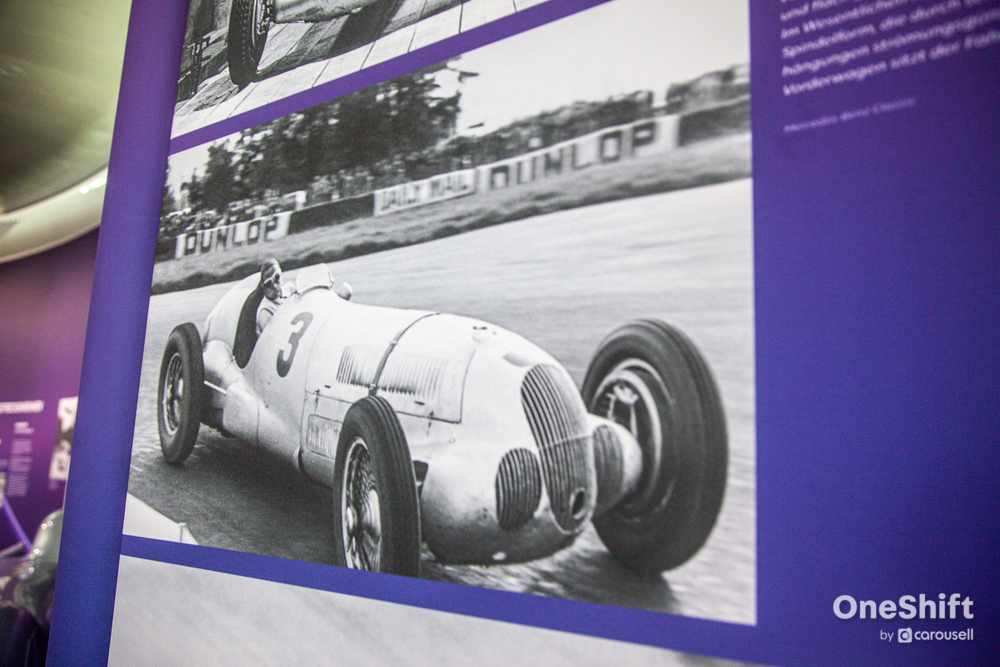
Following the war, aerodynamics remained important for vehicle development as well as motorsport, as German car manufacturers began to export to the world in an effort to rebuild themselves as well as the ravaged German economy.

Audi is exploring developments in this field up to 1945 in its “Windschnittig” (German for Streamlined) exhibition at Audi Forum Ingolstadt, while anything from then to the present day is covered in the “Form vollendet” (German for Perfect Form) exhibition at the August Horch Museum in Zwickau. Audi kindly brought OneShift to visit and have a guided tour of both of these exhibitions during a press trip to Germany.
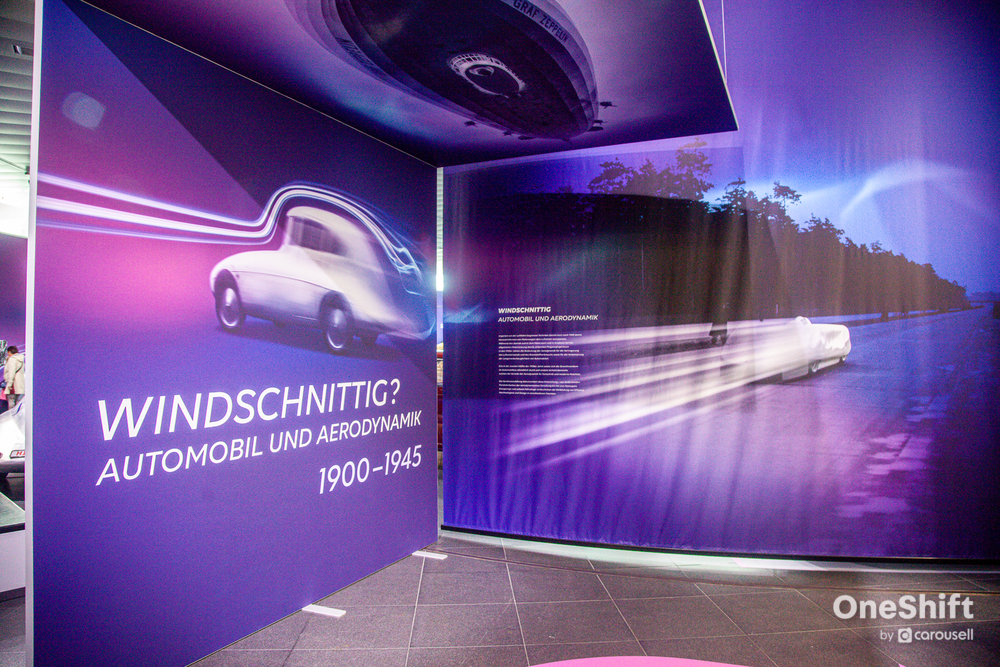
Here are some of the highlight cars that really stood out for us:
Schloerwagen (1937-1939)

This 7-seater car used the engine of the Mercedes-Benz 170H and is the exact shape of a wing profile. However, after WWII the car disappeared in the UK and was never found. It had a top speed of 132 km/h and its drag coefficient is a staggering 0.186, unrivalled to this day. What you see here is a replica.
Horch 930 S Streamline Saloon (1939)
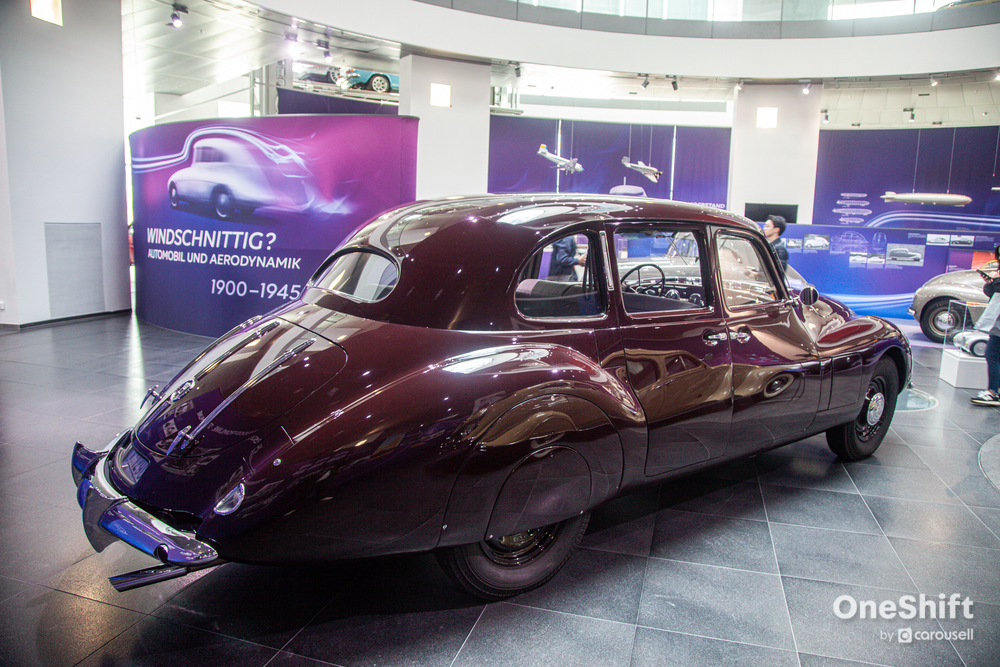
Presented at the Berlin Motor Show in 1939, this Horch had cutting-edge aerodynamics based on wind tunnel trials, at that time a novel invention. With a 4-speed ZF transmission that had a special motorway gear, the car had an impressive top speed of 187 km/h. It also features a wash basin which was considered a luxury of the time (and I would guess also today - why don’t modern cars have this?). It has a drag coefficient of 0.42. There are only 6 ever produced.
Record Motorcycle (1938)
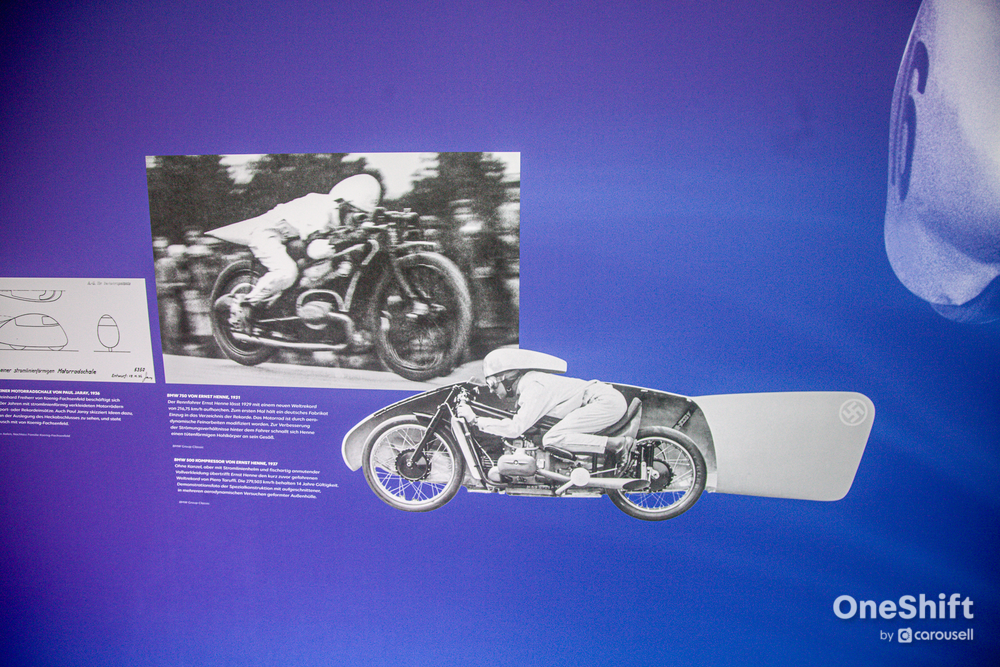
This “covered’ motorbike eliminates the usual sources of drag, which include uneven surfaces, exposed wheels and the unenclosed rider. Although aerodynamic, riders in this covered bike would easily lose their sense of balance. Side winds were also an issue. Nonetheless, it achieved a drag coefficient of just 0.12.
Hanomag Rekord Diesel (1938)

Hanomag was one of the main producers of diesel engines during the German Reich, while Mercedes-Benz was the other. They built the Rekord with a streamlined body and souped-up engine, achieving four speed records at the Dessau Speed Week in early 1939. It’s amazing to see the dominance and reverence of diesel engines since early days and it is sad to see it being phased out soon. Its drag coefficient is just 0.28.
Saab 92 (1950)
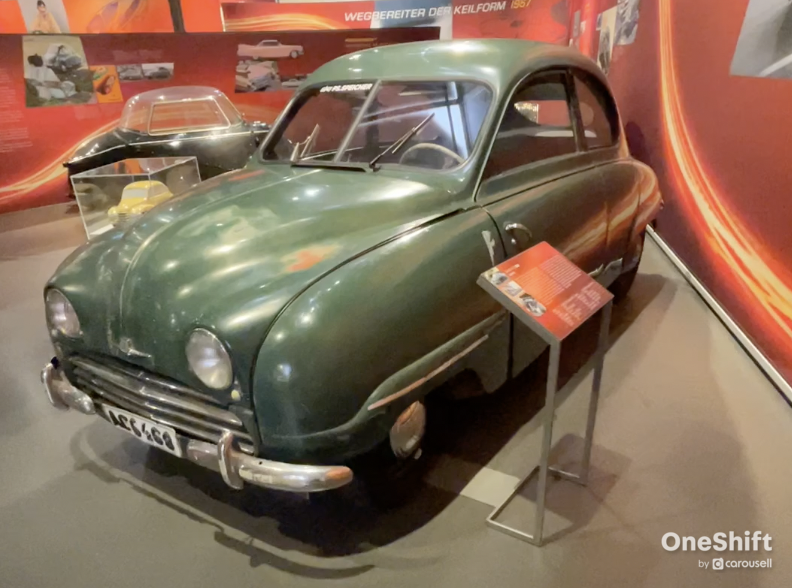
Like Saab’s fighter planes, the 92 is aerodynamically optimised in its development, achieving a drag coefficient of just 0.35. It carried an innovation that’s used till today - a smooth underbody. It has a 2-cylinder 2 stroke engine powering the front wheels, which is effective in Swedish winters.
Messerschmitt KR 175 (1954)
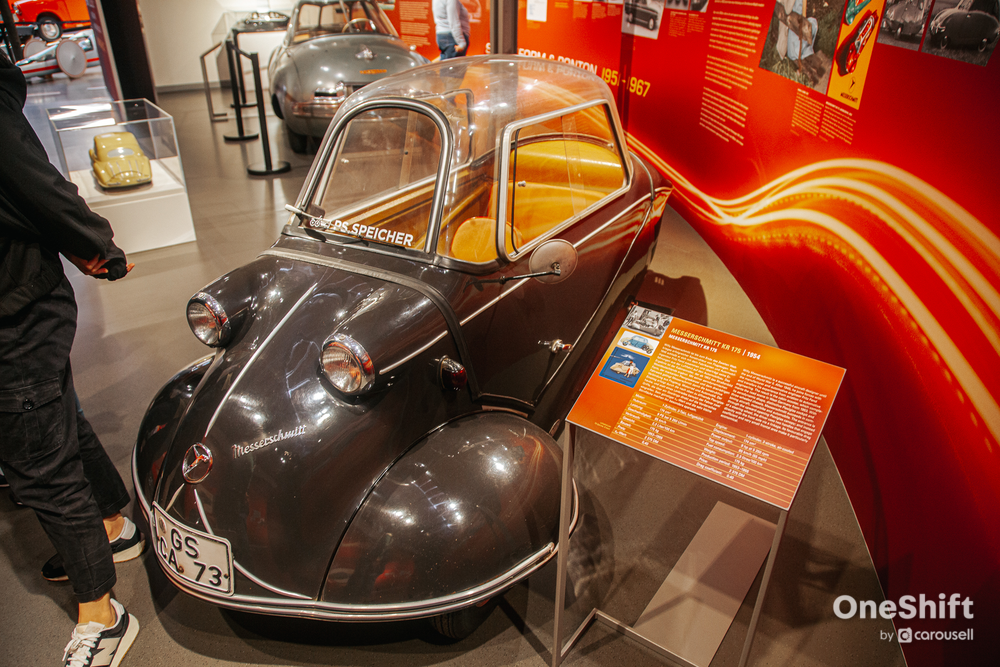
Messerschmitt is a well-known manufacturer of German WWII planes. After the war, they were banned from building aircraft, so they went into automotive engineering. The result is the KR 175, which has a distinctive plexiglass cockpit and a three-wheeled chassis. Instead of a steering wheel, the driver used two handles that control the front axle - much like in an aircraft. Its drag coefficient is just 0.40.
Porsche 356 Coupe (1953)
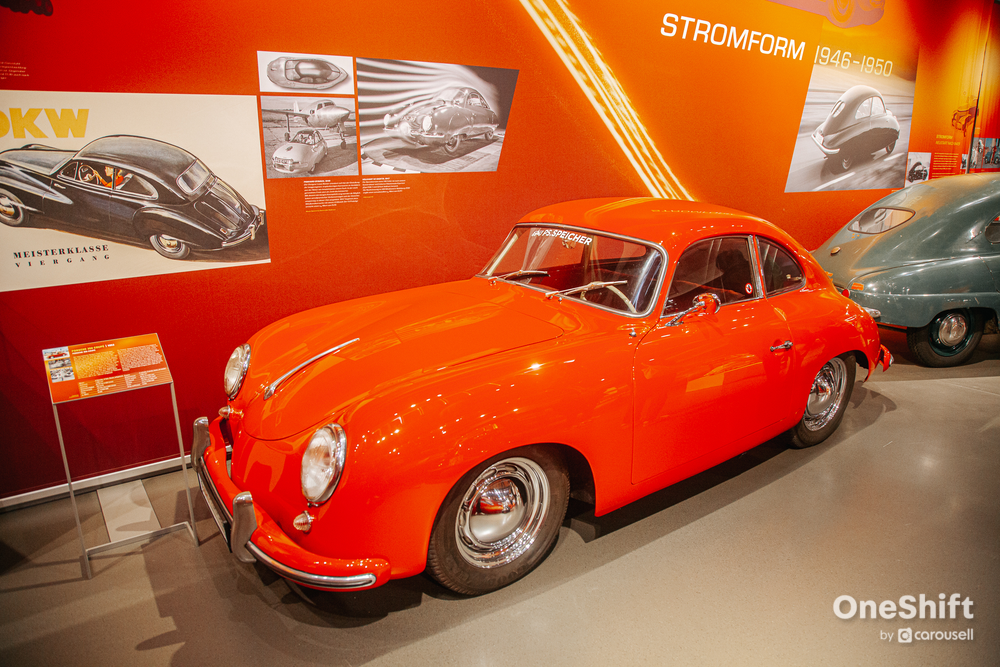
The 356 needs little introduction. Designed by Austrian Erwin Komenda, it was penned without any wind tunnel testing. It has a drag coefficient of just 0.296.
NSU RO 80 Prototype (1969)

Its rotary engine allowed a very low front end, forming a classic wedge shape. This allowed a low drag coefficient of just 0.355 and a crosswind-cheating design. It also had an unusually long wheelbase at 2860 mm.
Audi 100 C3 Saloon (1983)
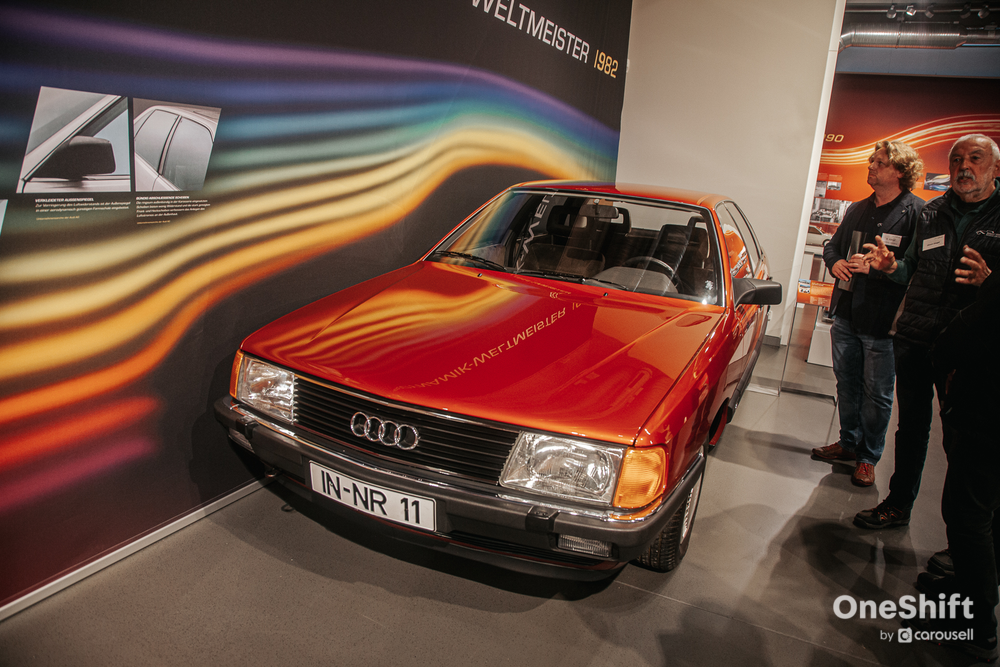
A product of repeated wind tunnel testing, the car achieved a drag coefficient of just 0.30, a new standard at that time for production models. Aerodynamic features include fully integrated turn signals, clad side mirrors, a pronounced rising hood that conceals the windshield wiper axles, full wheel covers and windows that flush with the outer body.
Audi Skorpion (2013)
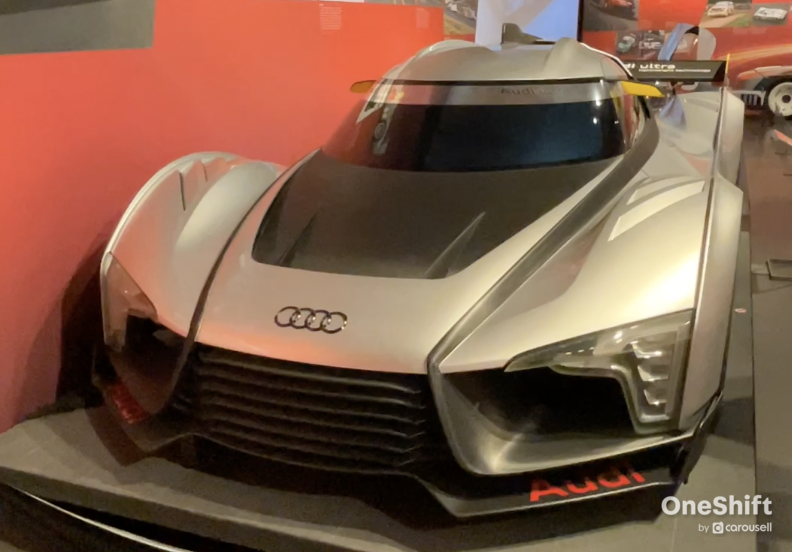
Originally conceived to be a sports car to sit above the R8, the aerodynamics of the Skorpion is based on the Audi DTM racing car of the time. It was meant to have active aerodynamics during high speed, braking and cornering. Sadly, it was never brought to production.
Photos by James Wong
---
Browse Carousell Certified used cars here or if you need help with any part of the car-buying process, check out Carousell’s Car Buying Personal Assistant!


Get the Best Price for your used car
from 500+ dealers in 24 hours

- Convenient and Hassle-Free
- Consumer Protection
Transparent Process
With No Obligation

